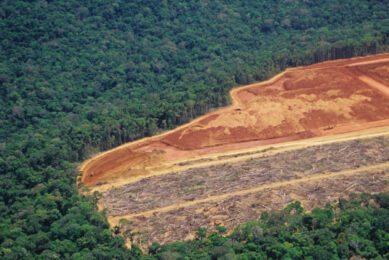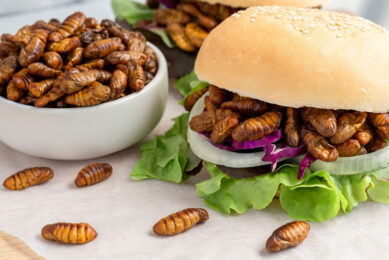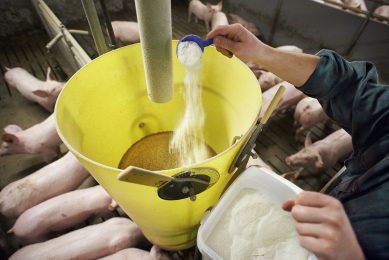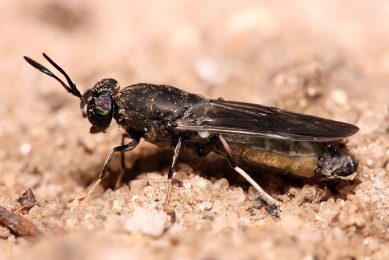Insects in feed: the situation so far
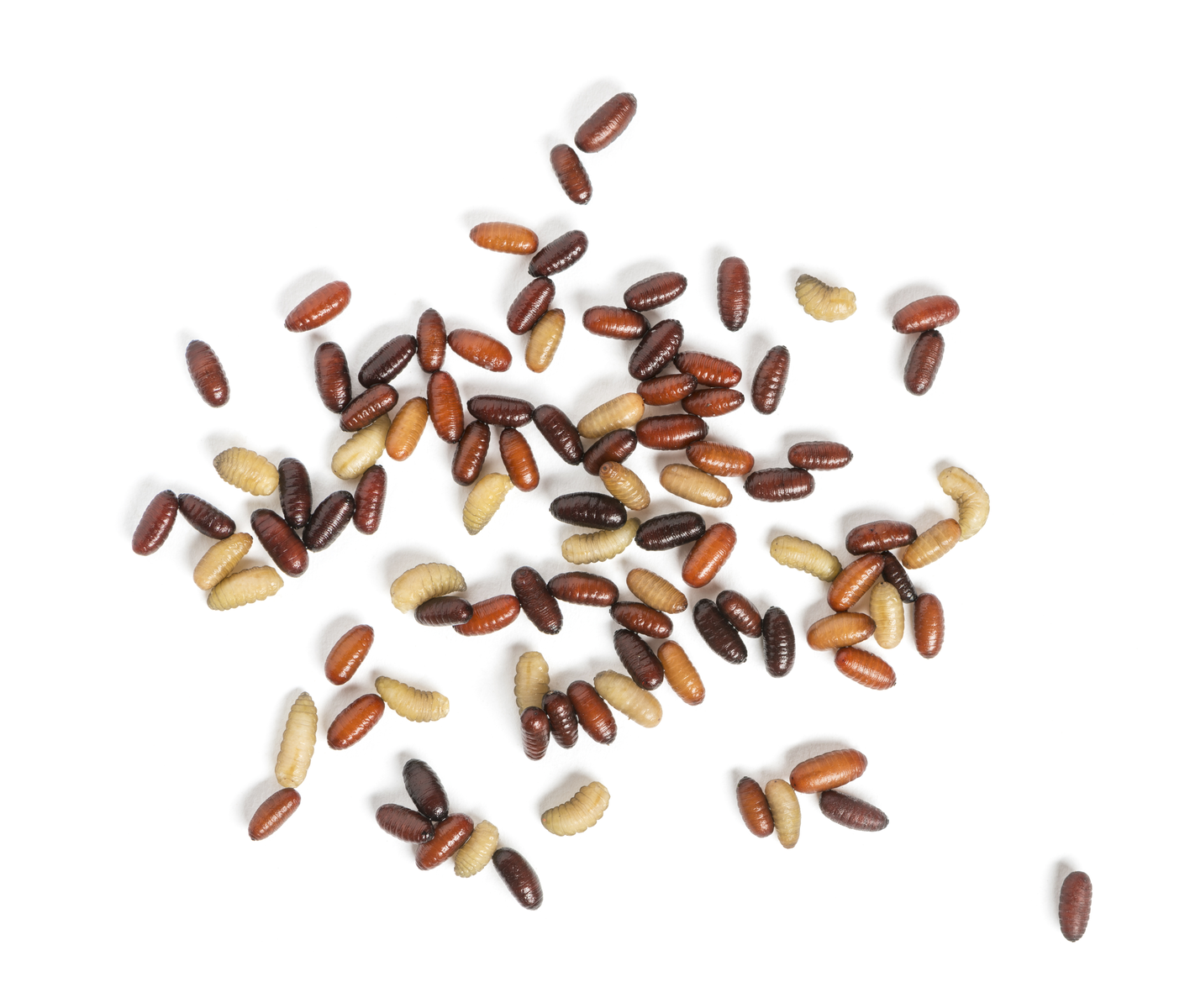
The EC-funded PROteINSECT project has released an up-to-date review and analysis of the current status of insects as a viable, sustainable, additional source of protein for use in animal feed in Europe.
Insects grown specifically with the intention of being fed to domestic animals/fish has been the subject of evaluations for several decades but has never reached a stage that has led to any significant replacement of traditional plant and fish-based protein used for livestock production with insect-based protein. This is largely due to systems being explored and developed on a local, isolated level with no integration or co-ordinated development of know-how to enable adoption at the national level. But more information about the benefits and use of insect based protein for animal feed is becomes available. PROteINSECT has therefore put together the latest and most recent insights about the advantages of an insect based protein source and current key barriers to its adoption at scale.

Also read:
More research papers are being published about the use of insects in feed. Studies range from growing insects efficiently to finding ways to process them in the feed mill. But how efficient do insects grow if animal manure is used as a basis? The answers are found in the latest edition of the Journal of Insects as Food and Feed, published by Wageningen Academic Publishers. Read more
Growing number of insect rearing companies
According to the report, the insect rearing companies have been growing. Examples of commercial enterprises include Agriprotein, a South African company established in 2009. This company is considered the world leader in the mass production of fly larvae. The company is focussed on nutrient recycling using organic wastes to produce insect based protein feed, extruded oil, and fertilisers. In Canada the Enterra Feed Corporation utilises food processing and distributor wastes to rear black soldier fly. The company produces protein and oil products for aquaculture feed, animal feed and pet food. Like Agriprotein, the digestate from the larvae is processed and sold as a natural fertilizer product. In the US, Enviroflight is using low-value co-products from breweries, ethanol production, and pre-consumer wastes to rear black soldier fly larvae. The larvae are processed into meal and sold as feed for carnivorous fish such as rainbow trout, perch and bass. Digested feedstock is sold principally as a feed for omnivorous fish, such as Tilapia and catfish as well as freshwater prawns. A growing number of companies with similar ambitions are being established in Europe. However, markets are limited by the current legislative landscape that does not permit the use of insects in livestock feed.
Why are insects not allowed in animal feed?
This whitepaper contains valuable information on the advantages and disadvantages of insects in animal feed. It also gives you a clear view on the current legislations and the changes that need to be made. Why are insects not allowed in animal feed?
Nutritional value tested
The report also names the efforts from PROteINSECT regarding the nutritional value of insect protein for livestock animals. Analysis of processing methods has focused on house fly (M. domestica) and black soldier fly (H. illucens). According to the researchers, there is a need for further research for evaluation of their potential as a protein source in animal nutrition (and subsequently also for human nutrition). At present the scientific literature around the nutritional value of insects for animal feed is dispersed. Table 1 summarises the data that could be consolidated from the literature coherently. This highlights the wide diversity in the values reported from the study of just two fly species, with the causes of this variation most likely being the different production methods used and, importantly, the lack of data from accredited laboratories.
Legislation issues
Future food security is already a priority item on the agenda of the European Parliament, which adopted a resolution to address the EU’s protein deficit, stating that urgent action is needed to replace imported protein crops with alternative European sources. However, at present, conservative European laws concerning the use of insects in feed and food are seen as a major barrier to potential investors and thus market entry for insect-derived protein. In order to support and encourage the development of industrial-scale insect-rearing plants, appropriate safety and quality data must be available so that the relevant current legislation and regulation can be reviewed, as stated in the report. The European Food Safety Authority (EFSA) is preparing an initial scientific opinion on the safety risks arising from the production and consumption of insects as food and feed. If EFSA has access to enough robust data to reach a favourable scientific opinion and amendments to the legislation are recommended, this will be a positive enabling step to the production and use of insect protein reared on organic waste as animal feed.
The full report can be downloaded from the PROteINSECT website.




